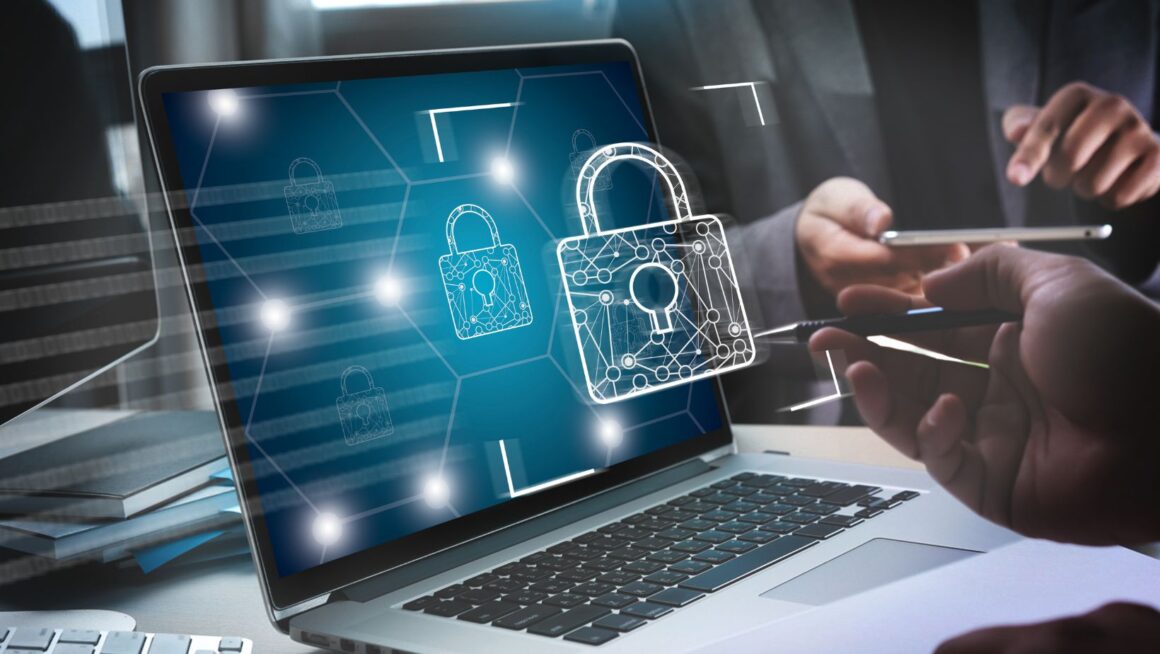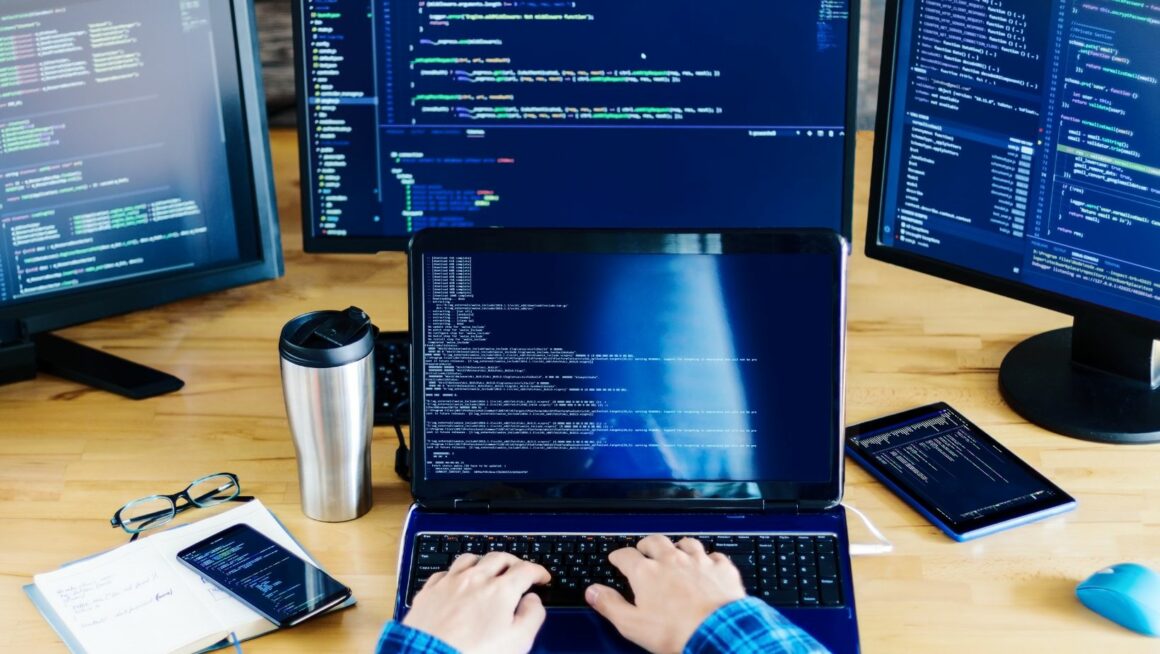With the ever-changing internet world, having instant, 24/7 access to the entire world of information at your fingertips remains a major incentive and blessing. However, with so much internet access comes the ever-growing need for cybersecurity. The issue of cybersecurity affects everything from remote work to watching your favorite movie on Netflix.
If you are a business owner, no matter how big or small, the pressing issue of cybersecurity is a growing one. This article highlights the fine points of implementing robust cybersecurity measures to protect your organization or business from hackers.
Understanding Cybersecurity Defense Management
Whether you’re running a simple mom-and-pop organization or you’re running a Fortune 500 company, cybersecurity is front and center. There are painful stories of how cyberthieves have taken down some of the most prominent organizations, like the medical industry, and even the biggest casinos in the USA, like MGM Resorts.
For best results, companies need an overall central approach to managing several networks, cloud servers, and more that are spread out over several centers. Today, AI tools continue to be the glue that helps businesses and network administrators centralize network defenses, both interior and exterior, including remote workers.
Why Cybersecurity Defense Require Special Attention
Because the internet world is always influx, so is the cybersecurity world. What worked today or yesterday might be obsolete or ineffective the following week. This is because hackers are always looking for new and innovative ways to break through even the toughest of network defenses.
Even with adequate cybersecurity defenses, cybercriminals are always expanding their approach and new ways to penetrate networks. For this reason, above all, business and web administrators can spare no expense or take anything lightly when it comes to maintaining cutting-edge cyber defenses.
Even with so much attention on outside forces, cybersystem experts also have to contend with simple human error. So, training is always in demand to help prevent negligent mistakes.
Mapping Cybersecurity Defense Paths
In years past, companies relied almost exclusively on human professionals to manage and maintain cybersecurity defenses. However, with the rise of AI tools, features like machine learning are used to study a network with more precision than trained human professionals. That way, the appropriate administrators can get an accurate picture of the network’s strength.
Going further, AI tools also offer winning solutions to fix network problems. They can also predict future problems and offer custom solutions so that businesses can hit the ground running.
Reducing Cyberattacks on Networks
Of course, the best defense for businesses is to go on offense and try to prevent attacks, both careless and innocent, and malicious, from happening. Failure to do so can result in heavy losses or, even worse, their brand integrity being permanently ruined. These are some of the ways that businesses continue to bolster their cybersecurity defenses:

- Increased uses of firewalls. By setting up more firewalls, businesses frequently update firewalls and set up redundancies to help keep hackers at bay.
- Also, by using intrusive detection and prevention systems, often led by AI tools, business networks are on the lookout for bad actors on their networks in real time.
- With network segmentation, business networks can break up their networks into smaller components. This can help reduce the chance of attacks and help preserve most of the networks if there is a data breach.
Virtually all commercial businesses use SSL encryption to secure their websites. Having a current SSL certificate is also a major SEO booster and a sign of a reputable site to attract customers and consumers. For streaming services, online gaming, fiat, and social casinos, having the appropriate SSL encryption is a license requirement or a requirement to operate legally in a market.
Monitoring and Detecting Cyberattacks
Beyond intrusion detection systems, many of today’s online businesses rely heavily on AI tools to monitor threats in real-time. This is because AI tools have already understood the integrity and strength of a network since they analyzed it. With behavioral AI tools together, networks can detect external and internal threats in real-time and take decisive action.
Behavioral AI tools constantly update and segment data in their databanks to find the current and vital algorithms to stay ahead of the game. Going one step further, AI tools can automate multi-factor authentication protocols. This is for current members to verify their authenticity.
With email such a growing part of business operations, businesses continue to invest in email filtering systems. Of course, AI tools are heavily involved in the process of identifying ransomware and advanced phishing schemes. Also, corporations continue to educate and invest in their employees through training sessions on how to identify phishing schemes and other well-packaged ransomware attacks.
Addressing Cybersecurity Vulnerabilities
The fascinating and frustrating thing about cybersecurity is how fast technology and defenses change. Having AI automate cybersecurity defenses is a great way to stay current, especially when it comes to the different applications and licenses that must remain in compliance. Other methods to assure compliance and cybersecurity readiness include:

- Maintaining secure VPNs for remote workers. Because remote workers are likely not working on the most secure networks, it’s important to maintain strict cybersecurity continuity.
- Working with a zero trust architecture means monitoring even authorized users on the network.
- Even in the unfortunate event that an employee is terminated, it’s vital that an organization has appropriate protocols to take away network credentials and other measures so they don’t sabotage networks.
Conclusion
Implementing and maintaining cybersecurity measures is a 24/7 labor of passion and detection. As AI tools like machine learning continue to advance, they can improve from previous mistakes and prior attacks to add new cybersecurity defenses. With that in place, AI tools are improving in predicting future attacks so that networks can take preemptive measures. They are also improving their automated responses to appropriate webmasters and administrators.




